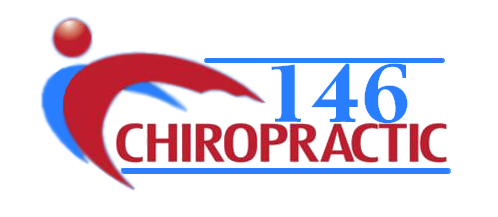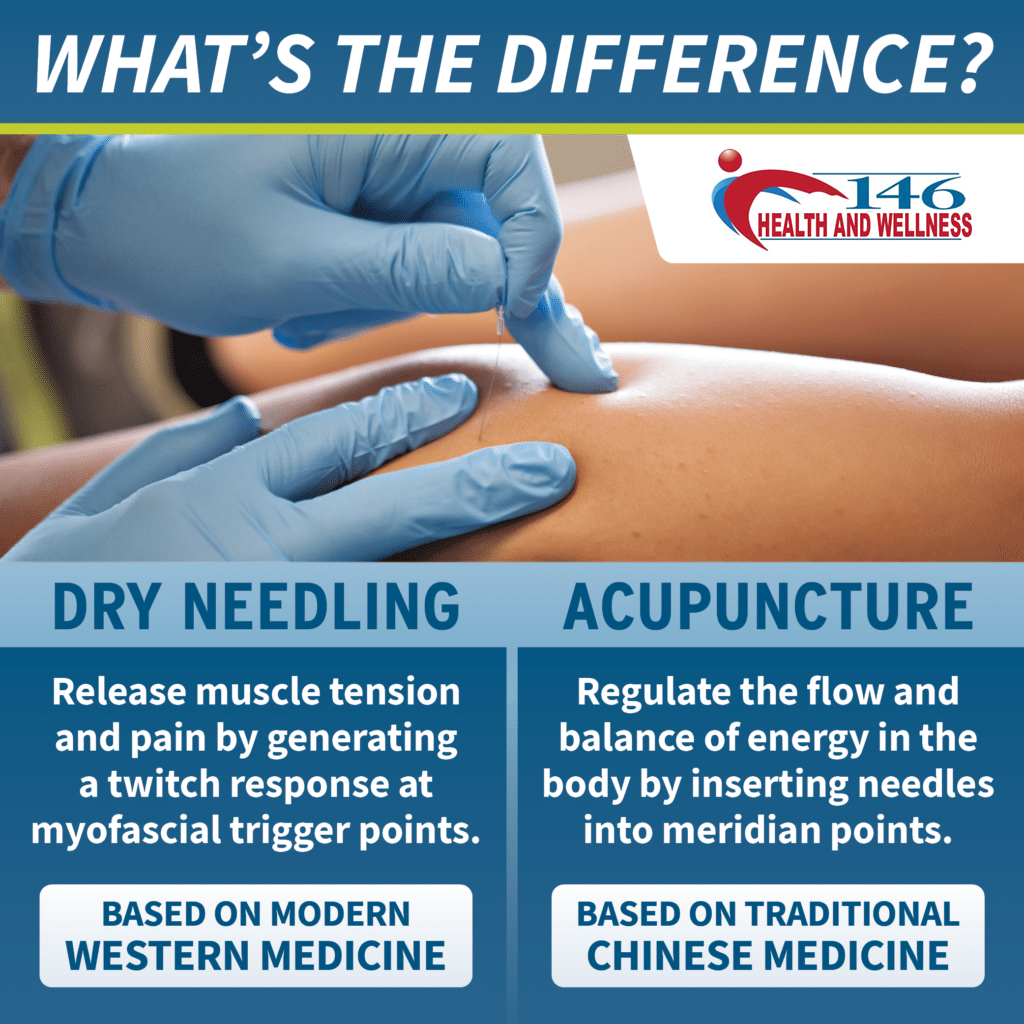10 Things you need to know about Dry Needling
1. Dry needling can help reduce pain and soreness.
If you're fine with thin, sterile needles that don't involve much, if any, pain, you might consider this therapeutic technique if your physical therapist recommends it. A specially trained physical therapist uses a thin needle to release muscle tightness, ease tendonitis and inflammation, and/or promote healing.
"We use it with about 30 plus percent of the patients in the Clinic." Dr. Dennis Clause
2. How does dry needling work with chronic muscle tightness?
Trigger points are powerful and they hurt. Dry needling stimulates a trigger point in a skeletal muscle. You might call it a knot, and it can cause more widespread pain than just the muscle in which it's found. Another name for a trigger point is myofascial pain syndrome. A tight band of skeletal muscle inside a larger muscle group, a trigger point can be tender when you touch it and may cause pain in other areas of your body.
As part of a larger treatment plan, your therapist is using dry needling to try to release the trigger point, relieving pain and/or improving your movement. Dry needling can reduce muscle tension and improve pain. A twitch can occur when the needle goes into the trigger point, and may be a sign that the therapy is working.
3. Where do trigger points often occur?
On your neck, back and arms. Runners often get them on their legs. But there are many conditions that dry needling can help including:
- Shoulder pain.
- Headaches.
- Knee pain.
- Achilles tendonitis.
- Sciatica.
- Plantar fasciitis.
- Hip and gluteal pain.
4. Therapeutic dry needling promotes healing.
The technique also can help with muscular issues that don't involve trigger points or such as rotator cuff damage. The needle creates a tiny lesion in the tissue, promoting blood flow and healing to the area.
5. Dry needling is different from acupuncture.
The two philosophies are quite different. Therapeutic dry needling is based on Western medicine. Acupuncture is based in Chinese medicine and focuses on balancing the flow of energy in the body.
6. No Liquid is Involved
The needle itself produces release in the trigger point. There's no solution injected into the muscle.
7. Dry Needling can reduce inflammation related to tendonitis, arthritis, impingement, or stress fractures.Remember Inflammation causes so many negative things to the body if it lingers too long.
8. It is more specific and can target deeper muscles than massage or even instrument-assisted soft tissue mobilization
Targeting the muscle is important. The more focused the better.
9. The needle used is a solid filament needle. It is smaller than a typical needle like the ones used in a doctor’s office for injections.
No one loves needles but these smaller filament needles are nearly painless.
10. It can assist in reducing a patient’s need for pain medication.
Medication reduction is important for several reasons. One important reason is the cost. Pain meds can be expensive and the damage they can do to the body over time is well documented.

